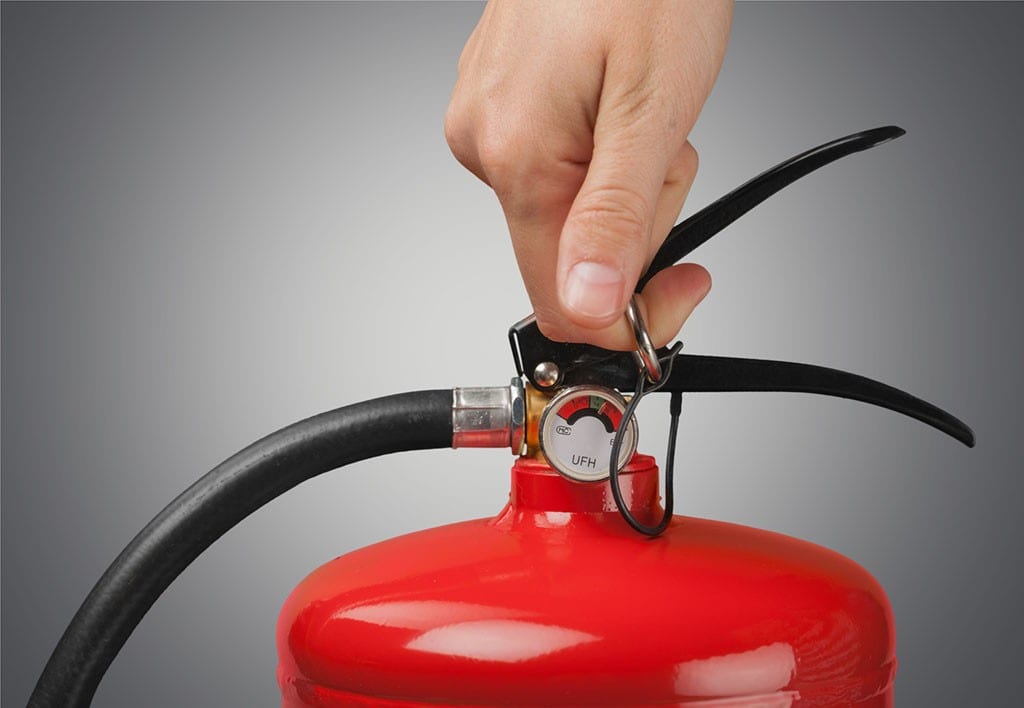The protection of fire is essential for any Sydney business. It’s not just an obligation under the law but an effective way of keeping your employees, customers and assets protected. A lot of the dangers caused by an incident can be mitigated or minimized by taking the appropriate safety measures. Regular fire inspections, periodic testing and marking of electrical systems and compliance with CFSP regulations all contribute to create a safer workplace and ensure businesses remain compliant with local council as well as Building Code of Australia (BCA) standards.

Why fire inspections are crucial for your safety
Fire Inspections are the first line of defense against potential hazards. They ensure that all elements of the building’s fire-protection system are functioning and in good condition. In Sydney all businesses are required to conduct an inspection every six or twelve months, depending on structure’s type and the regulations of the council. Inspections can include everything from sprinklers and smoke alarms systems as well as fire alarm panels, to hydrants, emergency lighting and fire alarms.
The reason inspections are so important is their ability to spot unnoticed issues before they become dangersome. A tiny defect in a fire hydrant, or the blocked smoke detector could seem insignificant at first glance however, in the event of an emergency, such faults can result in the loss of lives. Through conducting periodic fire inspections business managers are not only ensuring they meet compliance obligations but making active efforts to guard their business from unexpected disasters.
Testing and Tagging Testing and Tagging: Addressing Hidden Electrical Security
Electrical systems are one of the most common causes of workplace fires, which is the reason testing and tagging must always be included in a fire safety program. This involves testing the electrical equipment to ensure that it’s safe, functioning and safe, then followed by attaching a visible tag that indicates that the product is in good condition and has passed the test. This is not just an obligatory requirement for most businesses. It is also a method to safeguard from hidden risks.
Old, worn-out, or unchecked cables, appliances with faults or wiring that is not up to date can quickly become dangers to fire. By carrying out regular testing and tagging, businesses reduce the possibility of electrical issues leading to a fire outbreak. This builds confidence and trust in employees, as they are assured that their workplace is safe. The combination of testing, tagging, and fire inspections creates an entire safety program that reduces risks on many aspects.
The job of CFSP in ensuring compliance and Certification
In New South Wales only a Competent Fire Safety Practitioner (CFSP) is able to certify or sign vital fire safety documents, such as the Annual Fire Safety Declarations. Introduction of CFSP certification has increased standards in fire safety, ensuring only qualified professionals can assess and verify security. For business owners, working with a CFSP means that reports and inspections are not just routine paperwork but dependable evaluations conducted by experts.
The function of a CFSP extends beyond checking off boxes. These experts provide thorough reports and ensure compliance to regulations. Businesses without CFSP certification could be at risk of fines, legal complications and even shut-down if fire safety measures are found to be insufficient. If you work with professionals certified in fire safety, you can ensure that your systems are kept in good order. In addition, you’ll be able meet your compliance obligations without any unnecessary anxiety.
Fire Safety as an Ongoing commitment
Each business owner is responsible for ensuring that they have a responsibility to make sure that fire safety is a priority. The cycle of safety continues with periodic inspections, examining electrical systems regularly, and then certifying under CFSP supervision. Beyond compliance with the law and ongoing monitoring, this approach helps to create the culture of safety in the workplace. Employees feel reassured knowing that evacuation plans clearly laid out are in place, smoke alarms are functional and the emergency lighting has been tested, and fire suppression systems are fully functional.
Making fire safety an ongoing process, rather than checking it off every year not only lowers the risk but also enhances a business’s reputation. In an environment that prioritizes security, clients and customers will feel more comfortable. Long term, investing preemptively to prevent fires saves cost by preventing costly damage, fines and legal disputes.
Conclusion
The safety of your property in Sydney requires a multi-layered strategy that includes fire inspections, testing and tagging, as well as an official certification from an CFSP. Each component is vital to making sure that businesses adhere to the regulations and, more crucially, that both individuals and their property are safe. Safety is an integral part of daily business activities and is not a secondary consideration. Companies can fulfill their legal obligations as well as create more stable and secure environment in the future when security is an integral part of everyday operations.